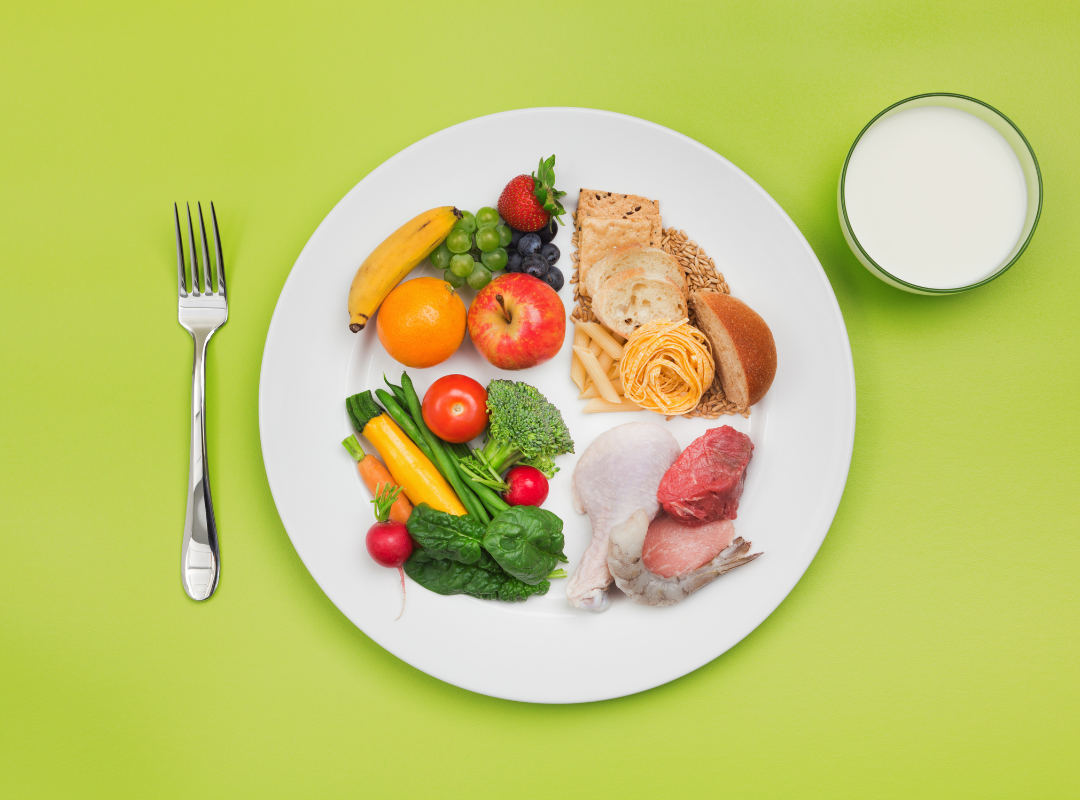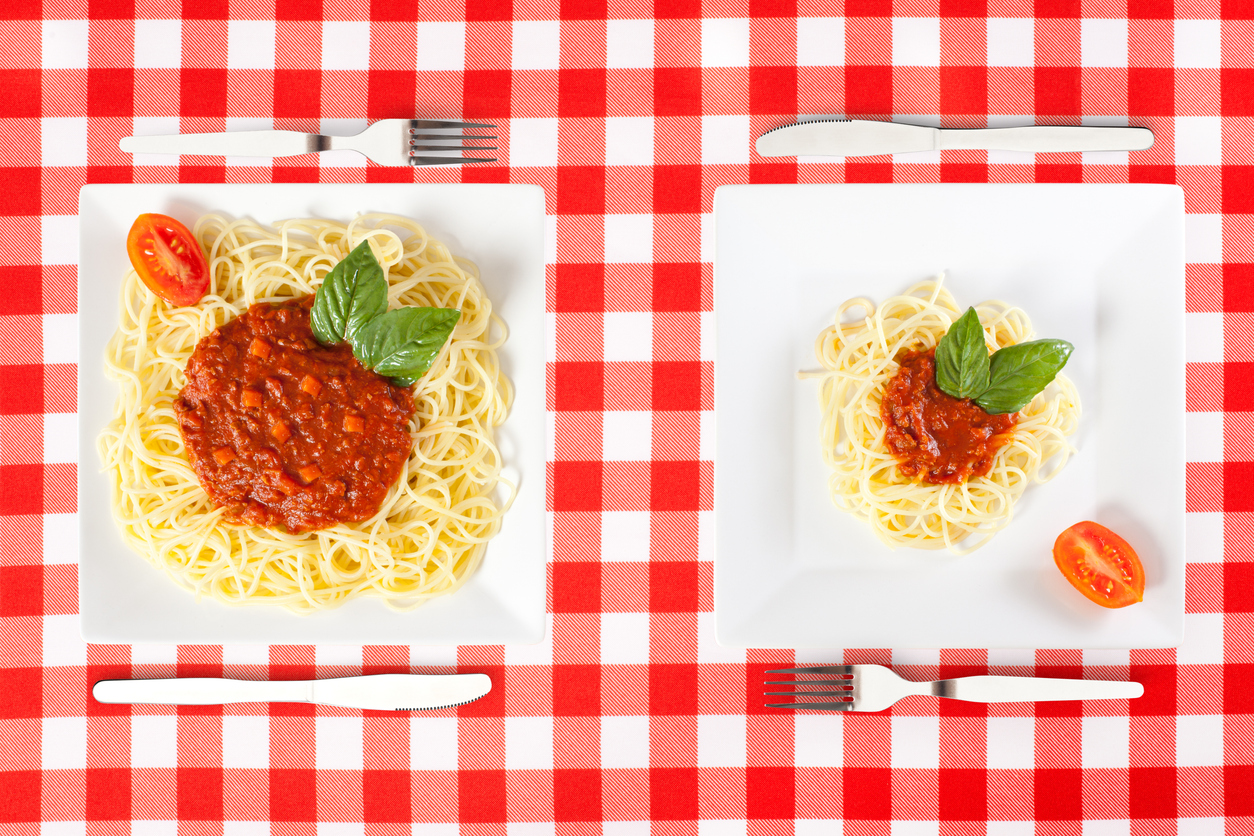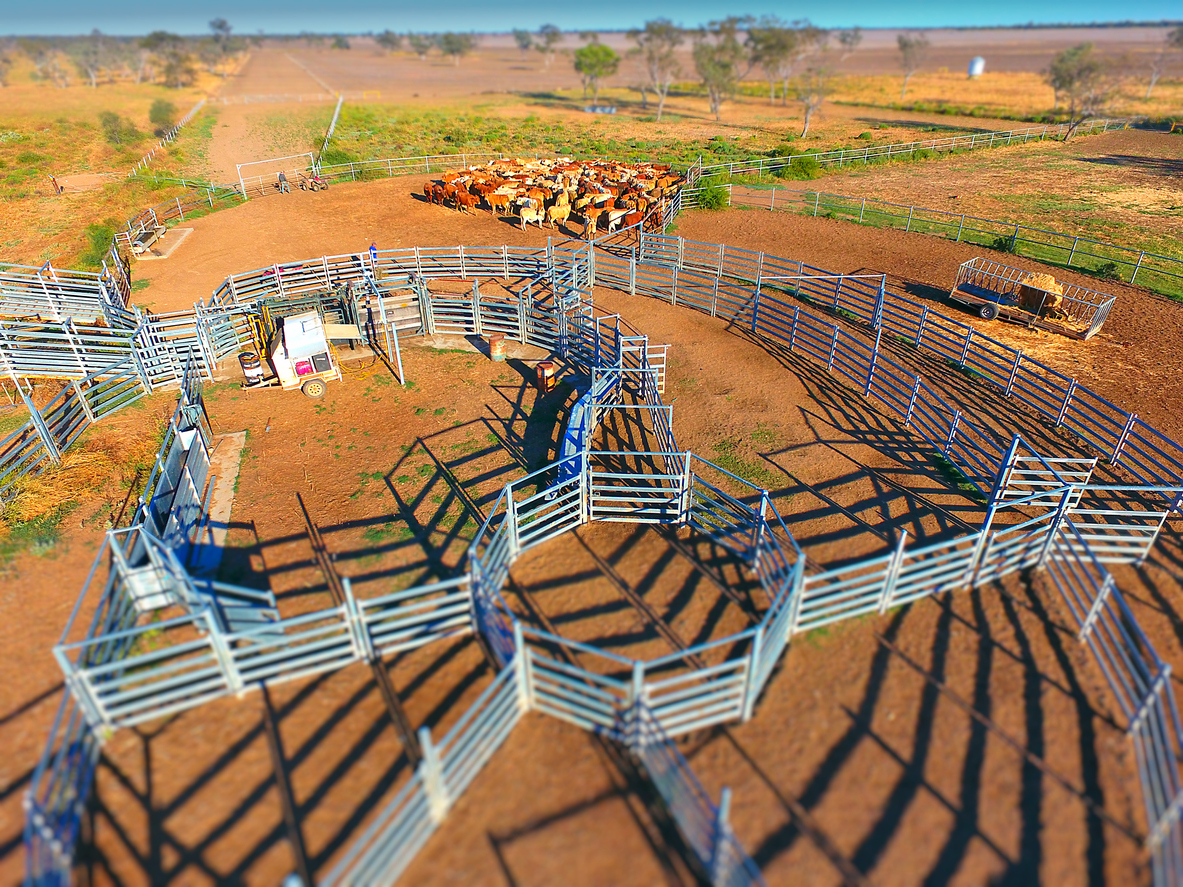Stacking Up Milk and Milk Substitutes
Students will compare and contrast milk and plant-based milk substitutes by learning their source from farm-to-table and discovering how they "stack-up" in nutritional value. Students will also explore food package labeling laws and consumer trends in milk consumption to think critically about the impact of labels in marketing and consumer perceptions of food.


